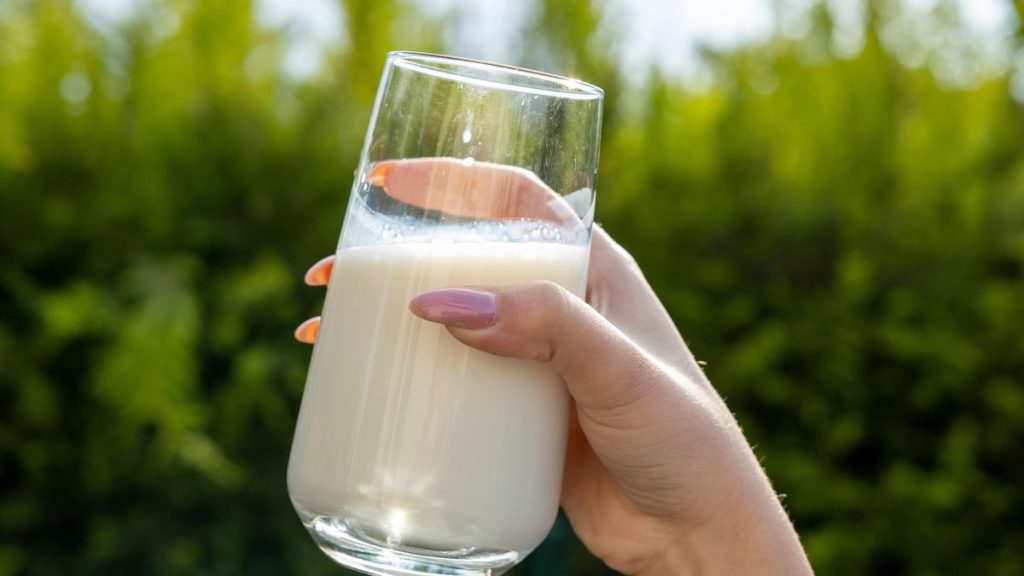The US Food and Drug Administration announced that one in five pasteurized milk samples across the US contained fragments of the virus that causes bird flu, H5N1. However, further testing did not reveal any active or infectious virus in the samples, as pasteurization is expected to kill or inactivate the virus. This discovery raised concerns about the spread of the virus, as previous evidence had only been reported in unpasteurized products. While the current public health threat remains low, experts have criticized the lack of transparency in sharing information on the milk samples and the response to bird flu in farm animals.
Despite the safety of the commercial milk supply due to pasteurization, concerns arise about the raw milk supply that has not undergone this process. Some individuals seek out raw milk for perceived health benefits or as a natural option. However, the FDA advises against consuming raw milk due to the risks associated with consuming pathogens that can be especially harmful to certain populations. Infectious disease experts emphasize that influenza viruses are not typically spread to humans through eating or drinking but caution against the risks of consuming raw milk, which may be regulated differently depending on local laws.
Pasteurization is a heating process invented by Louis Pasteur to kill harmful bacteria and pathogens in milk, including those that cause illnesses like E. coli, Listeria, and Salmonella. While pasteurization is expected to eliminate the bird flu virus, some dairy products may be ultrapasteurized for extended shelf life. Raw, unpasteurized milk is available in some states depending on local laws. While there is uncertainty about whether bird flu can be transmitted through unpasteurized products, experts stress the importance of avoiding raw milk consumption due to its associated health risks, particularly for vulnerable populations.
Proponents of raw milk tout its taste, texture, and supposed nutritional benefits. However, research has refuted many claims about the superior qualities of raw milk compared to pasteurized options. The FDA stresses that raw milk is not a cure for lactose intolerance or a source of significant nutritional benefits. While there may be minor differences in nutrient content between raw and pasteurized milk, the nutritional quality of milk remains largely unaffected by pasteurization. The CDC emphasizes that there is no nutritional advantage to drinking raw milk, and the risks associated with raw milk consumption outweigh any potential benefits.
The risks of drinking unpasteurized milk include exposure to harmful bacteria and pathogens, leading to serious illnesses like E. coli and listeria. While most people may experience mild, temporary illness from contaminated raw milk, vulnerable populations such as children, older adults, pregnant individuals, and those with weakened immune systems face greater health risks. Health experts caution that unpasteurized milk can cause kidney failure and other severe health effects, particularly in children. While purchasing raw milk from farms with high safety standards can reduce the risk, it cannot completely eliminate the potential for contamination.
In conclusion, while pasteurization effectively eliminates harmful bacteria and viruses in milk, consumers should be cautious about the risks associated with consuming raw, unpasteurized milk. The discovery of bird flu fragments in pasteurized milk samples underscores the importance of adhering to food safety guidelines and avoiding unpasteurized products. Despite claims of taste and texture preferences or perceived health benefits, health experts advise against raw milk consumption due to the serious health risks it poses, especially for vulnerable populations. Public health agencies continue to monitor and assess the safety of the milk supply to ensure consumer protection and prevent the spread of infectious diseases.


